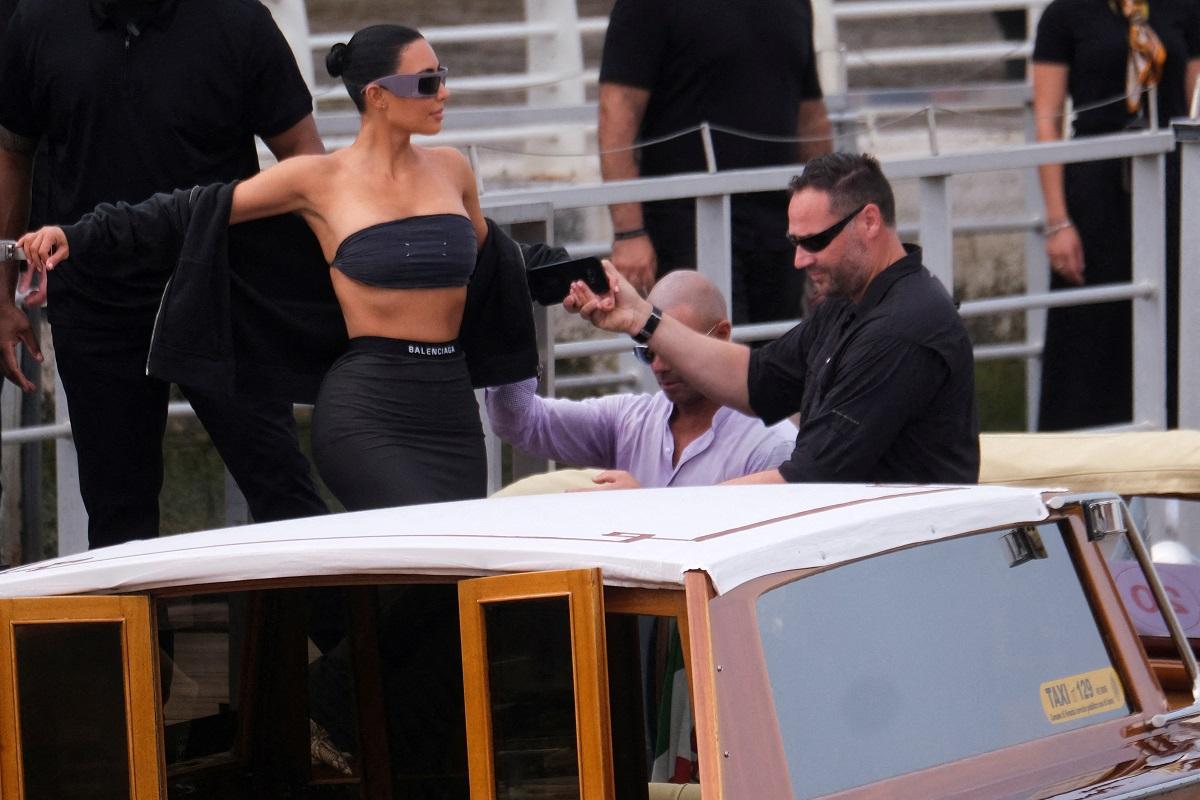
Upgrade to High-Speed Internet for only ₱1499/month!
Enjoy up to 100 Mbps fiber broadband, perfect for browsing, streaming, and gaming.
Visit Suniway.ph to learn
Summer means swimming! To keep this season a safe one, we asked swim coach Anthony Lozada, the CEO of Bert Lozada Swim School, for tips on drowning prevention.
First, he says, do not rely on a floatation device. Inflatable floatation devices can get punctured and deflated. If you’re in open water, a wave may sweep it away. You may also let go of it accidentally. It may also cause you to capsize and throw your balance off.
Floatation devices that are too big for you may cause you to slip under it, and those that are too small will not be able to carry your weight.
Which brings us to his next tip: Learn how to swim. As opposed to floatation devices, “that’s something that you can control,” Lozada says.
He himself learned how to swim at six years old, having been taught by his father Bert and grandfather Catalino, as well as the teachers at the first Lozada swim school in Parañaque, which was set up in the 1950s.
“If you know how to swim, then you control your movement,” Lozada adds. “Something happens to you, you know how to swim to safety. You know how to float. If you have cramps, you can signal for help or shout, you can move away from a current.”
This is valuable advice we should all keep in mind. Bert was the head coach of the Philippine Team at the 1991 Southeast Asian Games, after all, and was coach to athletes who would qualify for the Olympics, Asian Games, and SEA Games.
Keep an eye on your kids
Whether a child knows how to swim or not, Lozada stresses the need for them to be supervised by an adult at all times. And that means actually keeping an eye on them no matter the depth of the pool or open water. No texting allowed!
According to Lozada, a common misconception is that if the water’s shallow, the child will be safe in it. Thus, guardians decide to do something else, thinking the child can just call for help if he or she is in trouble.
In a shallow pool, a child may lose his or her balance if pushed, especially since the tiles are slippery and his or her buoyancy may keep him or her from correcting his or her position.
“Don’t trust the floatation device,” he adds. If not deflated when it was last used, it could have sustained holes and one would only notice when the child’s weight is already on it.
“Control their fun” is Lozada’s message. Kids are prone to just diving in as soon as they see a body of water, so parents have to be ready to grab them. Adults also have to be cautious about rough play, with kids pushing each other into the water. One may fall in, or another may fall on top of a child who’s already in the water. Even just splashing water into each other’s faces may keep them from breathing.
Can you enjoy the water if you don’t know how to swim?
Children who can’t swim can still enjoy the water, but only if their parents are beside them and can easily grab hold of them should anything happen.
For older people who don’t necessarily go to outings with their parents or a personal lifeguard, they should only stay where they are comfortable. For example, by the pool deck, or on the pool stairs.
“Make sure if you do fall in, you can still stand and it’s (just) waist-deep,” Lozada advises. People who don’t know how to swim must also make it known to their companions, who may be tempted to push them in as a joke.
If it’s a beach setting, Lozada says people who don’t know how to swim should just stick to cooking the barbecue or keeping an eye on everyone’s things.
“Sa beach may waves, there’s current, the ground is unstable kasi it’s sand. ‘Pag tumayo ka dun, gumalaw-gumalaw lang ‘yung wave, lumulubog ka na ‘di ba? So don’t go anywhere near na. Baka sabihin mo, ‘Anyway hanggang ankles lang naman’.... ‘Yung wave when it comes to shore, it has that force na when it backs off, it brings everything that’s there, including your feet and the sand. So you will sink. And then there’s panic…. baka you’re in the water already dahil sa panic mo,” he says.
(“There are waves on the beach, currents, the ground is unstable because it’s sand. If you stand up, you’ll eventually sink because of the waves. So don’t go anywhere near it. You might think, ‘Anyway, the water’s just up to my ankles’.... But the wave, when it comes to shore, it has that force that when it backs off, it brings everything that’s there, including your feet and the sand. So you will sink. And then there’s panic…. you might just find yourself in the water already because of your panic.”)
In case you can’t avoid going into the water, make sure to wear a well-fitting lifejacket. Swim rings (salbabida) are not advisable because they restrict your movement. Lifejackets, on the other hand, give you full use of your arms and hands.
Rescuing a drowning victim
According to Lozada, drowning is different from what we commonly see in the movies.
“A person drowning won’t be able to shout for help because they’ll be underwater already. You won’t even see the struggle. They will just slowly slide underwater and there you go, you have a drowning victim already,” Lozada explains.
The Department of Health, which also promotes drowning prevention, enumerates other signs of drowning:
- Nakalutang ang likod ng ulo (The back of the head is floating)
- Nakatakip ang buhok sa noo at mukha (The hair covers the forehead and face)
- Ang katawan ay patayo at balisa (The body is upright and restless)
- Climbing ladder motion (The person makes a motion as though climbing a ladder, and cannot wave his or her arms to seek help)
When someone is already drowning, the last thing you should do is to dive in, Lozada says.
instead, call for help. There may be a some who is actually trained and can save the victim, like a lifeguard.
Second, look for anything that the victim can hang on to to be able to float, like a half-filled gallon of mineral water, a basketball, or a cooler (remove the contents first). Then throw it near the victim and coach him or her to head to the item that will help him or her float. Do not throw it at the victim and risk hitting them and rendering them unconscious.
Keep the victim calm through your words. This will cut through the panic, and the victim may remember that he or she actually knows how to swim and get to safety.
If the victim is a meter away from the pool deck, you can get a towel, grab one end, then swing the other end towards the victim. You can then pull the victim in, but make sure you’re lying facedown on the deck and not standing up. The latter may cause you to fall into the pool once the victim starts pulling. A broomstick or something sturdy and long enough to help you pull the victim to safety is also useful. Again, coach the victim into performing the actions that save him or her.
The last thing you should do is get into the water yourself, because you may not know how to extricate yourself from a person who grabs you, pushes you down, and tries to use you as a platform to be able to breathe above the water.
As young as six months
At Bert Lozada Swim School, babies as young as six months old can learn to familiarize themselves with the water with their parents, so that by two years old, they can start learning the proper strokes.
The minimum requirement to be safe, says Lozada, is for a person to be able to move from point A to point B with efficiency, and float or tread water for at least three to five minutes. This period is the time you give rescuers to reach you should you be in distress.
Have a safe summer! — LA, GMA Integrated News

 2 months ago
26
2 months ago
26



